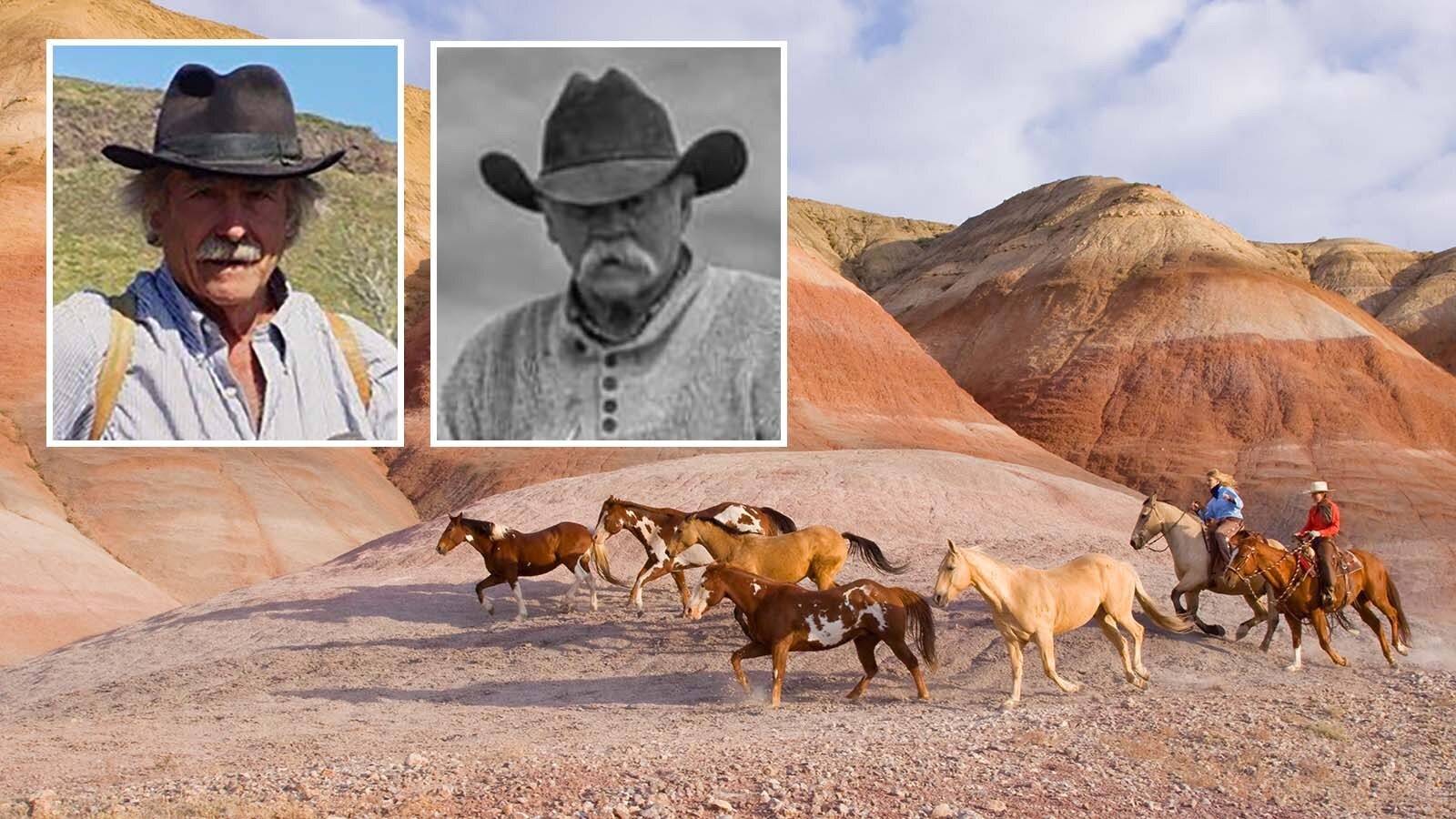“The Platte River,” said the editor. “That’s the sorriest river in America. You’ve heard all the jokes about the Platte. ‘Too thick to drink, too thin to plow.’ That’s a nothing river.” I replied: “That’s why we chose it.”
These words were penned by the great James A. Michener in the opening of his blockbuster book Centennial. It was commissioned by his publisher for the celebration of Colorado’s centennial celebration of 1976. The epic saga of Colorado history swept the country and became an award-winning television mini-series.
Michener’s Centennial centered around the South Platte River. From the beginning of time, the Platte has wandered slowly through the plains of Colorado, Wyoming, and Nebraska. The Indians knew it as a landmark of their hunting grounds, and when the trappers came West it became a highway through the plains. Throughout this western saga, the Platte remains vital to every character Michener creates.
The superb storylines captured the reader’s interest and made history again as the most watched television documentary in the age of Roots. The mini-series aired every Sunday night for four glorious months. It was television at its best and was not surpassed until 1993’s Lonesome Dove.
Characterization is a gift Michener possessed, which makes the historical epic true to human nature and therefore so compelling. Many of the characters in Centennial were based on real people or composites of actual historic figures. Take the opening segment of “The River.” A French trapper sings merrily as he paddles his canoe up the shallow Platte River. At this particular time of the year, the river is low, dramatized as the trapper pulls his canoe to shore and continues his journey on foot.
The trapper is based on Ceran St. Vrain, one of the first French trappers of the Colorado plains. The character is called Pasquinel, played by Robert Conrad in the television series.
“Yellow Apron” is the chapter that depicts the annual mountain man rendezvous. It was a celebration of the great trappers such as James Beckwourth and Jim Bridger and brings the Colorado history forward into the next era. Then Pasquinel’s former partner, McKeag, moves on to a new beginning as he realizes the beaver trade is dying out. He takes on a new partner, Levi Zendt. These two characters are loosely based on William and Charles Bent of Bent’s Fort historic fame. The two build a new fort together on the plains of Colorado, where soldiers, trappers, and Indians all come together to trade.
It is in the chapter entitled “The Massacre” that Michener’s historic characterization is at its finest. Through the story thus far, Westward Migration has gripped the country and cramped the Indian way of life. Major Maxwell Mercy, based on the Colorado Indian agent, Edward Wynkoop, tries desperately to keep the peace. He has many talks with Lost Eagle, a peaceful Indian, whose character resembles that of Black Kettle, chief of the Cheyenne.
Mercy loses his command with the arrival of Colonel Frank Skimmerhorn, who in history, we know as Colonel John M. Chivington. His mission is to wipe out all the Indians, in particular, the Pasquinel brothers, loosely based on the half-Cheyenne Bent brothers, George and Charlie, again of Bent’s Fort.
The question of Indian placement and reservation displacement comes to a head. Skimmerhorn rides into Colorado to take the Indian matter in hand. He unleashes hell and thunder when he strikes a peaceful Indian village near Rattle Snake Buttes. The culmination is the massacre, where hundreds of innocent Indians, primarily women and children, are slaughtered at will. Major McIntosh, (in history, Silas Soule,) refuses to join the slaughter, and facing court martial, tells the truth of the slaughter. This is superb historical reenacting, as we know this to be the Sand Creek Massacre.
There are other reasons Michener chose northeastern Colorado as the setting for his epic. One is the nearby Oregon Trail which Levi Zendt travels along from St. Louis and meets McKeag. This is also where R. J. Poteet brings a herd of Texas longhorn cattle north, following the true Goodnight-Loving Trail.
Northeastern Colorado is also where he places Jim Lloyd, an adventurous young cowboy who builds the largest cattle ranch in all of Colorado. The Lloyd character is based on John Iliff, who did own over five million acres of land in Colorado, Wyoming, and Nebraska.
As the Colorado story continues, Michener expands his command of description in the chapter called “The Dry Years.” In vivid detail that only Michener can render, one can almost feel the dirt and grit, hear the constant wind, and see the whirling dust bowls as he describes a young homesteader couple with three young children. Alice, the wife, faces a constant battle with dirt in the food, the baby’s crib, even the ice box. The wind is loud and constant, it works against her nerves.
Alice’s husband fights desperately against the bugs and grasshoppers, as his crops wither and die before his dust-filled eyes. In the television movie, we watch in horror as Alice desperately cleans dirt off the food, then turns to the crying baby covered with dust. Alice grabs the kitchen knife and ends the hopeless situation for the entire family. Desperation, loneliness, and human emotion are portrayed with heart-wrenching realism.
The narrative continues as the town of Centennial grows through the ups and downs most small towns go through on the Colorado plains. The family generations continue to play a part in the storyline, as the tale weaves through history and into the 20th Century, including sugar beet farming, immigrant workers, water shortages, and politics.
In the end, Jim Lloyd’s grandson, running for political office against a tyrannical industrialist, recalls the words his grandparents told him: “The best will survive, as will the land. But to do so, you must respect the land.”
Linda Wommack can be reached at: lwomm3258@aol.com





